The 'cattle' castle of North Wales that's become one of the country's greatest 'hidden gems'
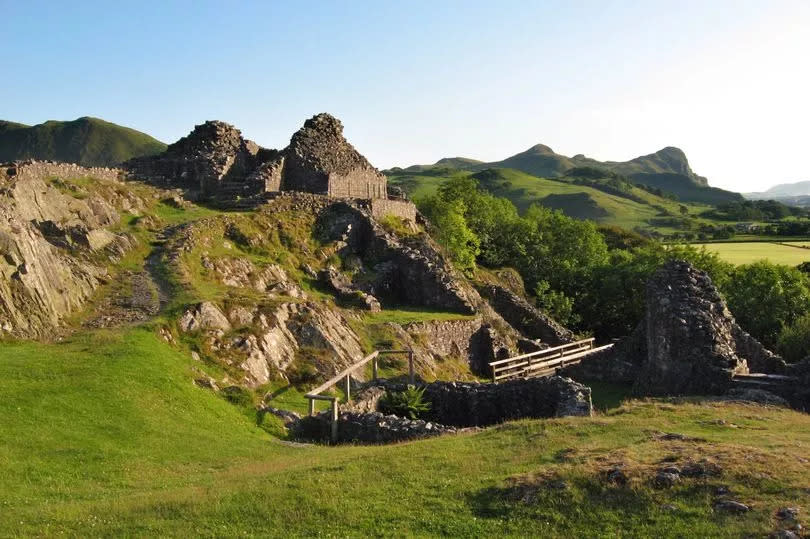
The 'cattle' castle of North Wales, a local's everyday staple, has become one of the country's greatest 'hidden gems'. Despite the age of social media, these hidden gems still exist, though they may not remain hidden for long.
A recent study by a member of the Tripadvisor family identified 15 destinations in Wales that qualify as "hidden gems". Amongst a country rich with castles, a lesser-known one featured amongst the highest ranked.
This particular castle was built by the Welsh, boasting a design as sophisticated as its English counterparts. However, unlike the famous castles in Conwy, Caernarfon and Beaumaris, reaching this one requires a bit more effort.
Read more: Cars could be banned from parking on stunning beach
Read next: Grandad killed by speeding uninsured Jaguar driver
Castell y Bere, situated on a rocky promontory in the Dysynni Valley beneath Cader Idris in Eryri ( Snowdonia ), holds a commanding position. "It may be remote," said site custodian Cadw, the Welsh heritage body, "But it's a magnet for all castle lovers."
Though now a ruin, Castell y Bere was once the most heavily defended and technologically advanced of all the native Welsh castles. It was destroyed in battle, but its construction served more than just military purposes, reports North Wales Live.
Llywelyn ap Iorwerth (Llywelyn the Great) built the castle to control mountain trade routes and to keep an eye on his valuable cattle.
"Cattle were as good as currency in medieval Wales," Cadw revealed, pointing out that several cattle watering holes can still be found on the edges of the Dysynni Valley. These are carved from rock and fitted with iron rings to secure the animals. You can get more story updates straight to your inbox by subscribing to our newsletters here.
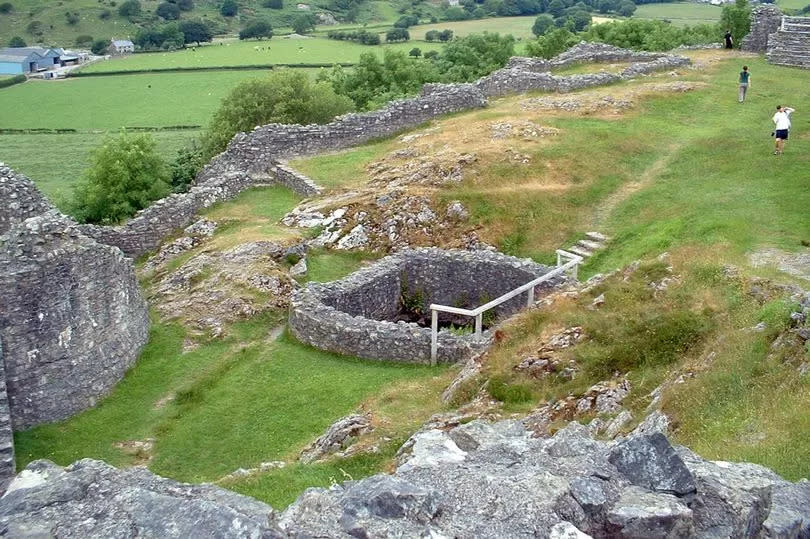
The ruined castle was left abandoned and neglected for over 550 years. It was cleared in the 1850s and started attracting visitors a century later.
Among them was legendary rock singer Robert Plant of Led Zeppelin fame. You can join the North Wales Live Whatsapp community for top stories and breaking news - here's how to sign up.
Plant's parents used to holiday in the area, sparking his lifelong interest in Celtic history and mythology. In the early 1970s, he returned to the Dysynni Valley to record Led Zeppelin III in a small cottage near Corris, just a few miles inland from Castell y Bere.
This cottage was immortalised in the song Bron-yr-Aur Stomp.
In 2018, Plant revisited the area, this time accompanied by Brian Johnson of AC/DC for Sky's Life on the Road series. During a visit to Castell y Bere, he took a deep breath of the hillside air and admired the countryside view.
"Coming from the Black Country this compared to the industrial Midlands was such a relief to everybody," he reminisced.
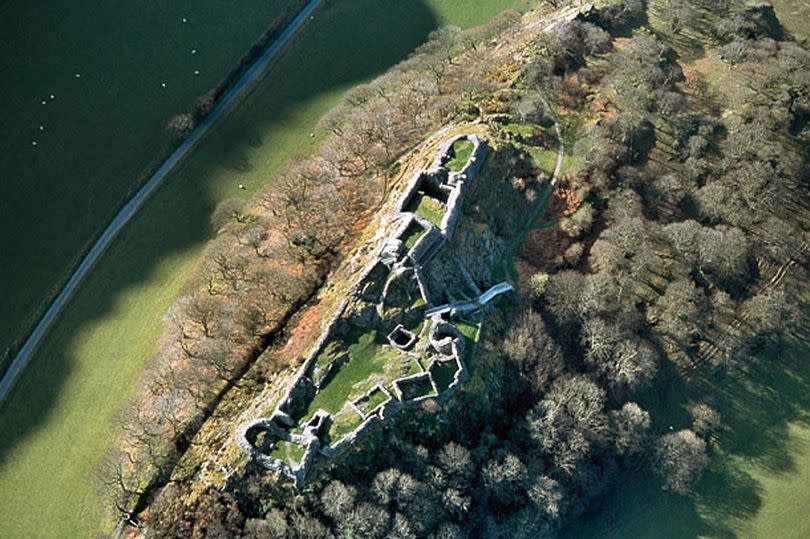
Many visitors to the castle find the landscape and tranquillity just as rewarding as the historical significance. This sentiment is echoed in numerous Tripadvisor reviews.
"It is the most moving and atmospheric castle I've ever been to," remarked one visitor. Echoing this sentiment, a Leicester tourist noted: "The views of the valleys are excellent," and mused, "It is easy to imagine being the Welsh prince looking down on your cattle grazing in the lush meadows and protected by your castle."
However, a Swindon visitor had a minor gripe the lack of benches provided by Cadw for people to fully enjoy the breathtaking scenery. He elaborated: "Tucked away in a hidden valley, this is probably my favourite castle, setting and location-wise. A true hidden gem of Wales."
Perched above the village of Abergynolwyn, Castell y Bere lies near the terminus of Talyllyn's heritage steam trains. In its vicinity stands the quaint St David's church.
The castle not only evokes a strong sense of history but also offers tranquillity, being situated well away from the usual tourist trails.
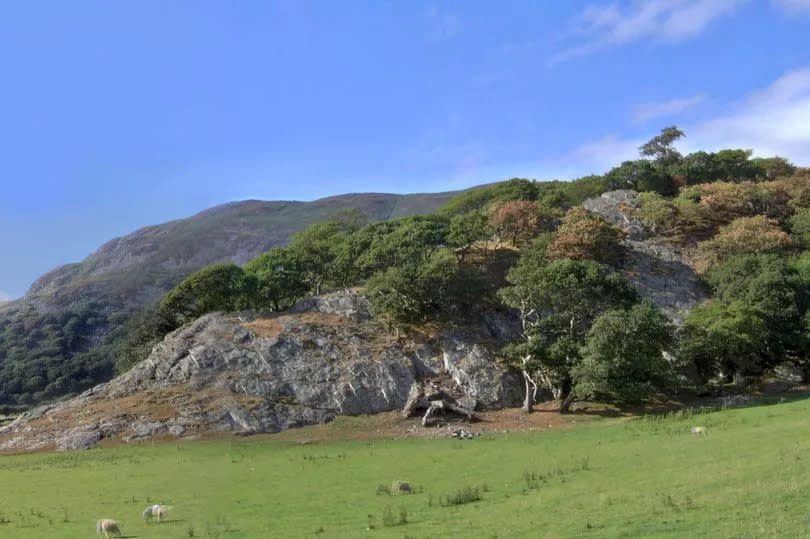
Dominating the skyline is Craig yr Aderyn, or Bird Rock, located near Llanfihangel-y-Pennant. To stay updated with all the latest news from Gwynedd, sign up for our weekly newsletter every Tuesday.
Craig yr Aderyn, as its informal English name suggests, is renowned as a breeding ground for birds such as choughs and gulls. Its historical significance as a former Iron Age hillfort underlines the valley's role as a vital trade route.
The strategic importance of the site was such that Llywelyn the Great seized it from his son Gruffudd in 1221 to start construction of his castle.
Before the Normans set foot on Welsh soil, the native princes had little use for fortifications, preferring to reside in their lightly-defended llysoedd, or courts. However, as the threat of invasion grew, they began to construct timber and earthwork strongholds.
With the English dominating the Welsh Marches and the need to secure his realm, Llywelyn ap Iorwerth turned to stone.
Among the fortresses he erected was Castell y Bere, with others including Dolwyddelan in south Conwy and Dolbadarn near the base of the Llanberis Pass under Yr Wyddfa (Snowdon), with construction commencing in 1221. Castell y Bere, a quintessential Welsh contour castle, was designed to embrace the natural landscape.
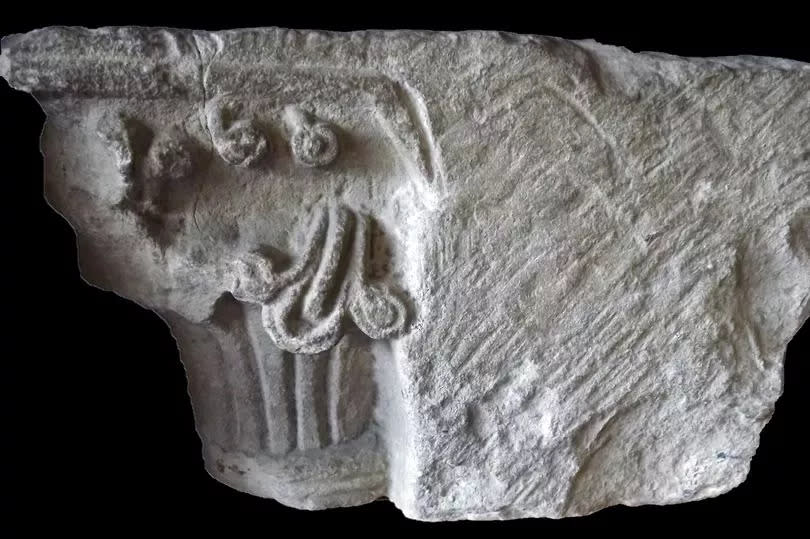
Today, it may be hard to envisage, but upon completion, Castell y Bere would have been a formidable structure. Its south tower bore a resemblance in size and style to the keep at Ewloe Castle in Flintshire, which is better preserved.
The castle's entryway boasted complex defences, featuring not just ditches but also two gate towers, each equipped with its own drawbridge and believed to have had a portcullis. Cadw has remarked: "Such a sophisticated entrance cannot be matched in any other Welsh castle. Indeed, even by the standards of English fortifications, it would have been technologically advanced for the early 1220s."
Following the completion of his conquests in 1283, King Edward I took control of Castell y Bere, visiting it three times in the subsequent year and establishing a nearby township alongside new fortifications. However, the castle was recaptured by Welsh forces under Madoc ap Llywelyn in a 1294 rebellion and subsequently burnt down.
Unlike Edward's coastal fortresses, its location meant that Castell y Bere and the adjoining English town were abandoned, as they could not receive supplies via sea routes, leaving the castle as a mere outline against the landscape by the 16th century.
In recent times, the site has emerged as a focal point for Wales' efforts to reclaim its historical narrative from under Norman influence. With 68% of travellers today seeking unique travel experiences away from popular destinations, according to AMEX, Bokun, a travel software provider affiliated with Tripadvisor, has identified Castell y Bere as a "hidden gem" location worth exploring, despite the challenges posed by the lack of online content.
Find great options for your family in your local area

 Yahoo News
Yahoo News 
